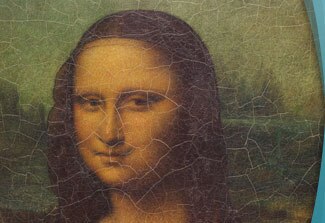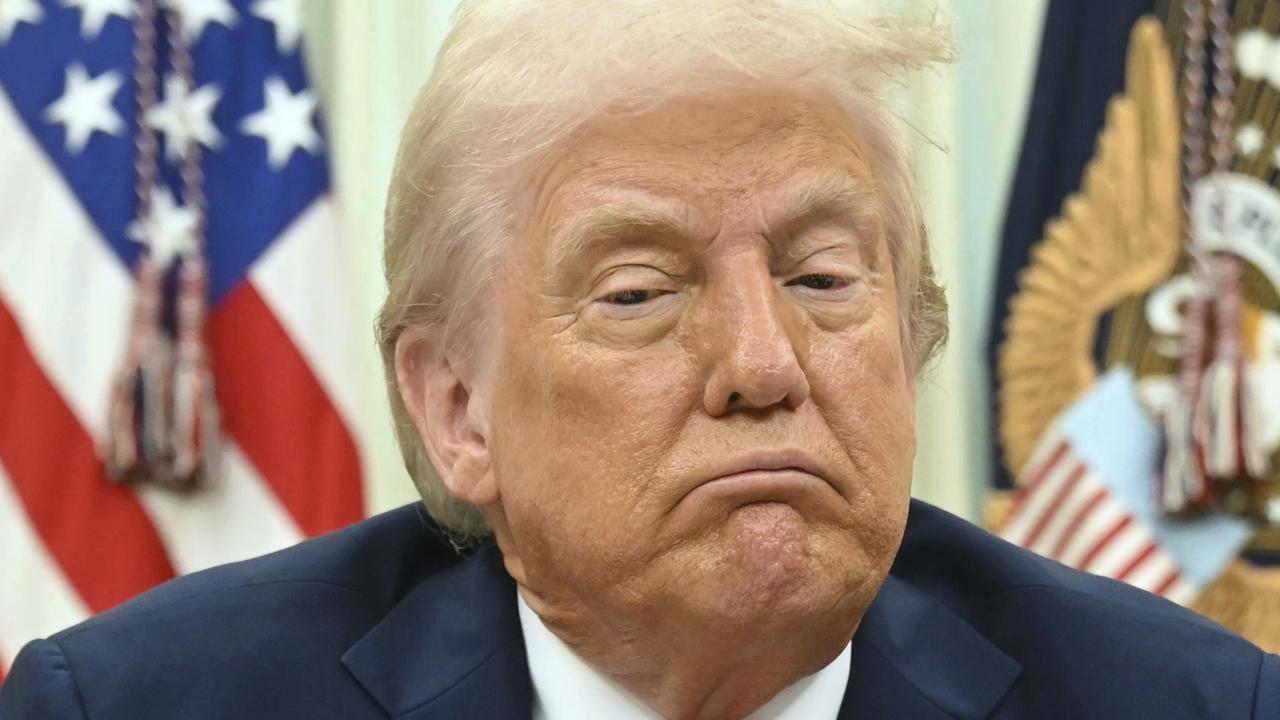Art of investment
FINDING an art piece that moves you and building a collection takes time, but can be lucrative investment.

Art of investment
AN ORIGINAL artwork can do magical things to a home. Breathing new life into a room, it can be an interesting conversation starter, an image to find solace in or a reminder of joyful memories.
Art can also be a lucrative investment.
Freelance curator Alison Kubler says finding a piece of art that moves you might take time, as will building a collection. For many, finding the confidence to buy a piece of art is the first stumbling block to overcome.
"I personally think that you should love a work first. I can't see the point of having a work you don't love and feel connected to,'' Ms Kubler says.
"If you're thinking about it in terms of investment it's like anything, you want to do your homework. You wouldn't buy a house without looking at the neighbourhood and all of those different aspects.''
Ms Kubler says some of the best collections of contemporary art today were built because people took a risk on an unknown artist.
"You don't have to be buying what everybody else buys, like the Brett Whiteleys and the John Olsens, because they're a very expensive way to get into the art market and not necessarily the best way,'' she says.
"It can be as little as $500. You can start collecting emerging artists for not much money by going along to graduating exhibitions or emerging artist shows at the Institute of Modern Art.''
Ms Kubler suggests trying to save about $1000 a year and buying one piece annually.
"If you buy works on paper or photographs, that's a really inexpensive way to get into the market because those things are generally cheaper,'' she says. "Or if you want a Ben Quilty but can't afford to spend $25,000, you might buy a print for a couple of thousand dollars. That's another really good way to enter the market, buying a smaller work from a prominent artist who is well respected.''
According to Ms Kubler, sticking with a theme when it comes to building a collection such as black and white photography, works on paper, landscape paintings, erotic art or porcelain sculptures can also be beneficial.
"You can find the thing that appeals to you and then stick to it and become really knowledgeable in that area. You don't need 50 pieces, but maybe 10 really good pieces to make a collection,'' she says.
"One of the things I always suggest to people is to find a commercial gallery that you feel comfortable with and make yourself familiar to them.
"Go in and say, this is what I'm interested in, I've never done it before, I'm not that confident, and they'll look out for you and think about your budget and the things that you're interested in and help you build a collection one on one.''
For those wanting to dive deep into art collecting, Kubler has some extra tips.
"Make yourself as aware as possible about the market. Make yourself as familiar as you can with artists in Australia who make photography for example, become a member of art organisations, get on the mailing list of commercial galleries and buy art journals,'' she says.
"Art is fun, it's not an elitist thing. I think people think that, but now with places like the Gallery of Modern Art, it's so accessible to people and so many of the museums and galleries offer free public programs and lectures . . . you can make yourself very aware and very well informed without spending any money.''



